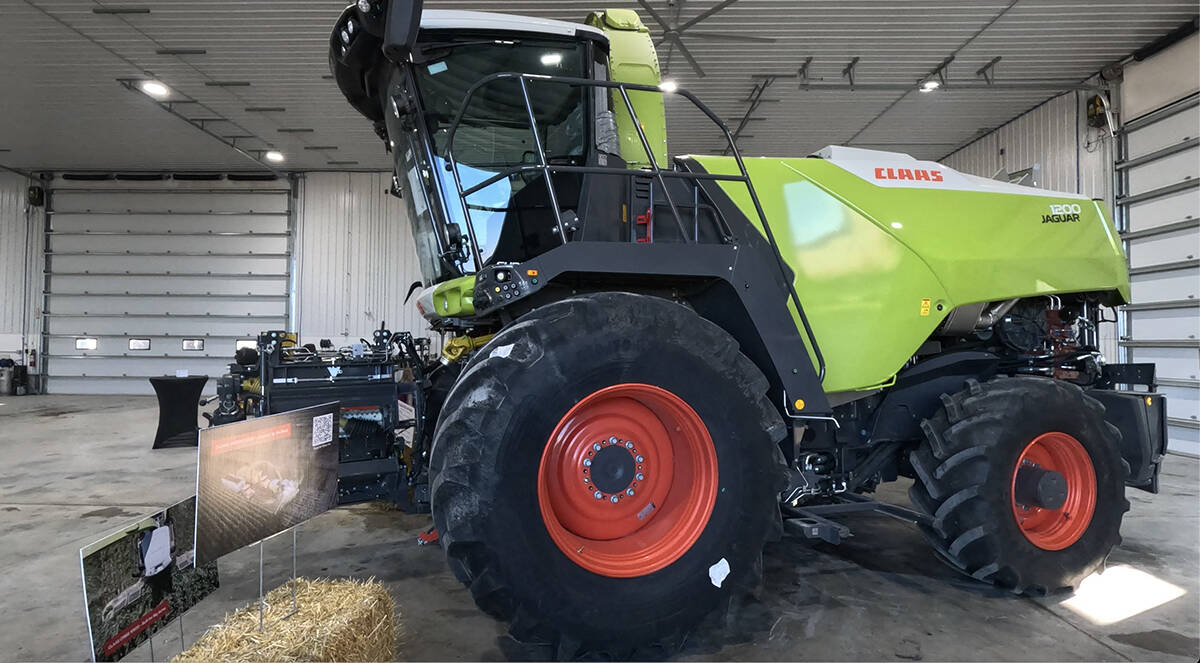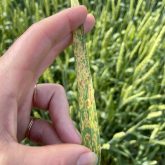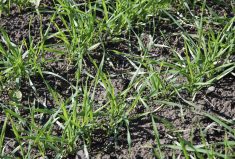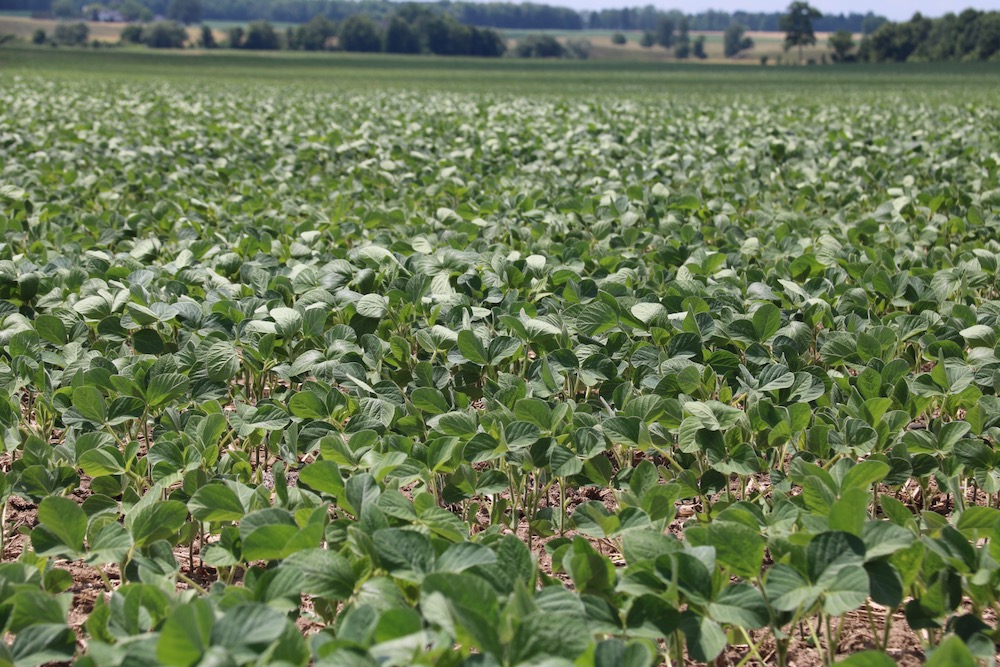Despite the best efforts to quell its rise, the highly pathogenic avian influenza (AI) has hit 20 Ontario poultry operations and backyard flocks as of early May.
It’s been seven years since highly-pathogenic avian influenza (HPAI) has been detected in Canada, but it’s returned with a vengeance this year. Commercial and backyard flocks in nine provinces, and 29 U.S. states and hundreds of European operations have HPAI.
Why it matters: Highly contagious AI is often fatal to chickens, with the outbreaks in 2004 and 2015 resulting in severe financial losses.
Read Also

Claas brings 1000 Series SP forage harvesters to Canada
In mid-August, Claas unveiled its new line of Jaguar forage harvesters at an event in Visalia, California, deep in the heart of that state’s dairy region.
With spring planting underway, the spread of the disease through wild bird feces in the fields poses a significant potential transmission risk factor.
“It is extremely important for poultry farmers to minimize the risk of introducing fecal material from wild birds into poultry operations,” said the Feather Board Command Centre (FBCC) and advised producers to heighten biosecurity measures in March.
- Editorial: Prevention is better than the cure
The Ontario Ministry of Agriculture, Food and Rural Affairs (OMAFRA) has reached out to educate backyard flock owners on HPAI symptoms and infection prevention tips.
In Ontario, the FBCC coordinates poultry disease outbreak control and response in collaboration with Chicken Farmers of Ontario and other poultry boards, the Canadian Food Inspection Agency (CFIA) and other entities.
The FBCC said the virus could survive in the environment for extended periods.
As a result, there is a risk farm equipment will encounter fields potentially contaminated by wild birds, where water, wet soil and feces from a migrating flock can stick to field equipment tires and vehicle undercarriages, including all-terrain vehicles, allowing for easy spread to other locations.
In the FBCC’s April update, the CFIA confirmed HPAI on 18 premises provincially, including one in Peterborough and the municipality of York, with a flock in Wingham awaiting test results. In addition, there’s been virus confirmation for commercial and backyard flocks within the townships of Centre Wellington, Selwyn, Chippewas of Nawash, Woolwich, Zorra, Guelph/Eramosa and others.
While it is rare for humans to contract HPAI and the symptoms are mild, there has been one case of human infection in Europe and one in the U.S. in recent months.
Human infection is a result of inhaling the virus when in close contact with infected birds or from the transmission of the animal’s saliva, mucous or feces to a person’s eyes, nose or mouth.
Once the CFIA confirms infection, they place the premise under quarantine, and specific movement control measures for feed trucks etc., are established.
They said transmission of the disease occurs through a variety of means, “such as a breach in biosecurity, windborne transmission and the transfer of animals (e.g. breeding stock) or things (e.g. equipment) between premises.”
Why so many outbreaks?
When asked if a lack of strict biosecurity protocol adherence in Ontario’s commercial poultry farms were to blame for the outbreaks, Tom Baker, FBCC incident commander, said no.
“This particular strain seems to be easily transmitted to poultry either directly through contact with wild birds or indirectly as a result of a breach in biosecurity,” he said. “The outbreaks appear to be point source rather than from farm-to-farm.”
Baker said that the movement of poultry and poultry products within a CFIA control zone only occurs with a permit granted “based on biosecurity and surveillance results.”
Surveillance helps control disease spread and enables more rapid detection of the virus, in some cases, even before clinical signs have appeared in a flock, he said.
Wild bird situation
Claire Jardine, Canadian Wildlife Health Cooperative (CWHC) regional director for Ontario/Nunavut, said the organization performs wild bird surveillance as part of the industry-farmer-government Canadian Notifiable Avian Influenza Surveillance System.
Virus detection in wild birds could provide poultry producers with an early warning, allow tracking of the virus’s geographical spread, promote the importance of biosecurity and ensure producers know where cases are in relation to their farms.
“Our surveillance activities will allow us to track the number of wild birds infected over time,” said Jardine, who’s also a University of Guelph Associate Professor of pathology. “(And) better understand seasonal risk and trends.”
CWHC surveillance activities are crucial for monitoring how the virus changes over time, with samples analyzed and tracked by CFIA.
Any virus can become less or more virulent depending on various interacting factors related to hosts, environment conditions and specific virus characteristics. For example, European researchers have found this strain can maintain in wild bird populations longer than others, perhaps due to prolonged survival in one or more specific bird hosts.
The research could determine which wild birds are at risk for AI and the roles the different species play in the virus’s ecology.
“One thing that is different about this outbreak is that we are receiving a lot of reports of sick and dead wildlife species,” said Jardine. “Which is not something we have seen in past AI outbreaks.”
Baker said there are many insights the Ontario poultry industry has gleaned from the current outbreak, including how fortunate Ontario is to have a disciplined and collaborative response effort in effect.
“Right now, we are in the middle of managing the outbreak response,” he said. “Post-response, as per FBCC’s Incident Management System, an official ‘hotwash’ post-mortem will be undertaken, including relevant stakeholders.”
Follow these guidelines from Ontario’s Feather Board Command Centre (FBCC) to mitigate the risk of spreading the virus during spring planting
- Wash vehicles between farms, paying close attention to the vehicle tires and wheel wells.
- First, remove obvious mud and organic matter for footwear and scrub boots, especially the bottom tread, with a brush and hose. Ensure adequate contact time and concentrations for commercial disinfectants – be sure to read and follow the label.
- Clean all on-farm equipment that could become contaminated.
- Planting and tilling equipment should avoid contact with poultry barn areas and driveways servicing poultry premises. Also, avoid contaminating ground areas near poultry barns.
- If driving near barns containing live birds can’t be avoided, drive slowly to minimize dust.
- Avoid parking by exhaust fans and air inlets unless required as part of loading or unloading.
- Keep records identifying who has been on-farm and where/when equipment and vehicles have travelled.
- After using equipment, shower and change clothing and boots before entering a poultry barn.
- To minimize the risk of viral particles blowing into the barn, close field-facing curtains in the barn, if possible, during tilling, particularly in dry and/or windy conditions.
If your birds show any signs of illness, call your veterinarian immediately. In addition, contacting the 24-hour Feather Board Command Centre (FBCC) support line at 1-877-SOS-BYRD is recommended.












